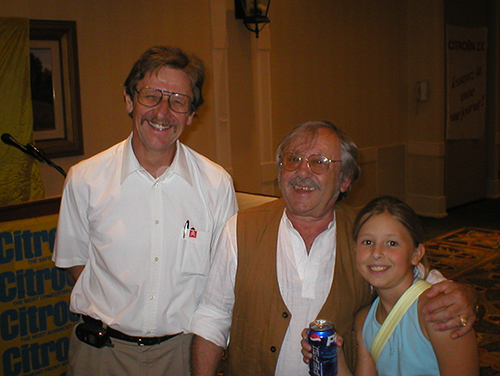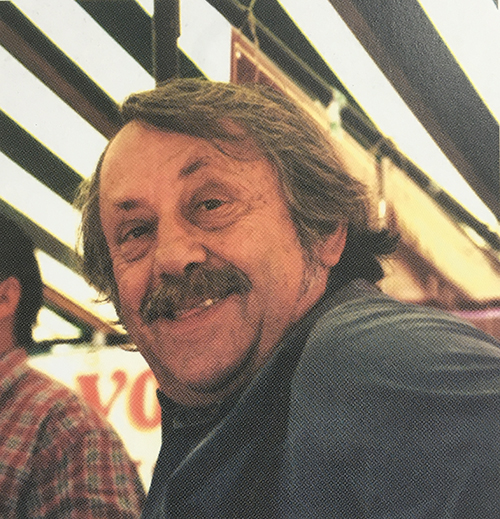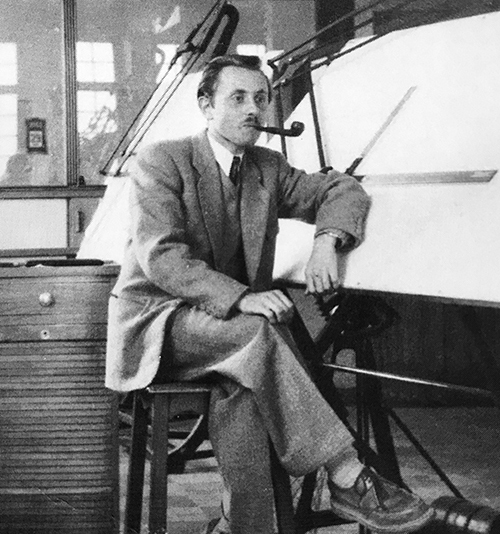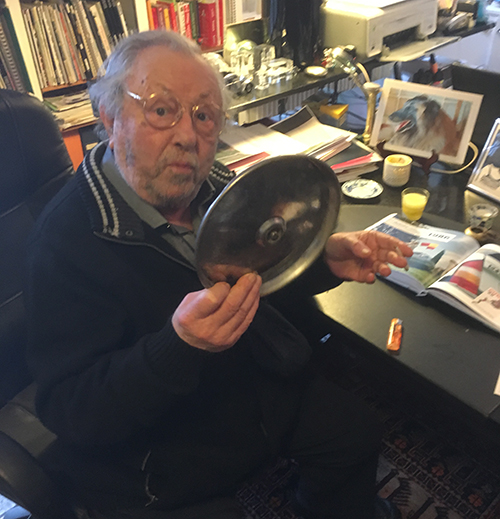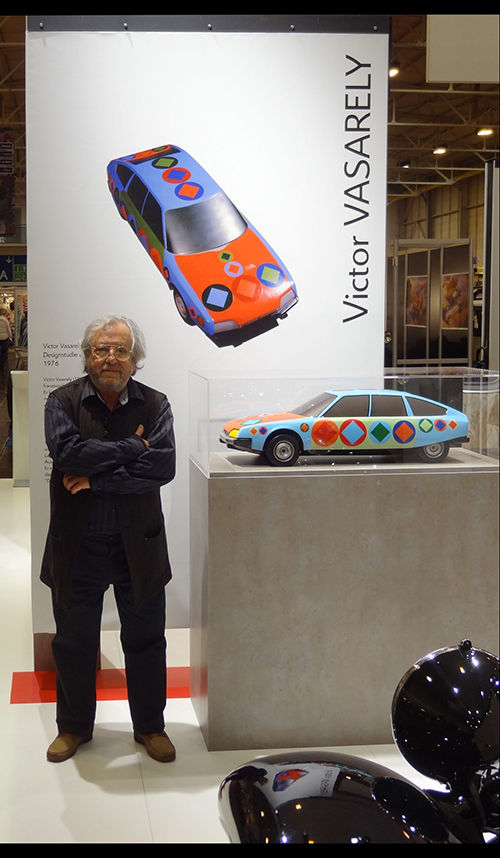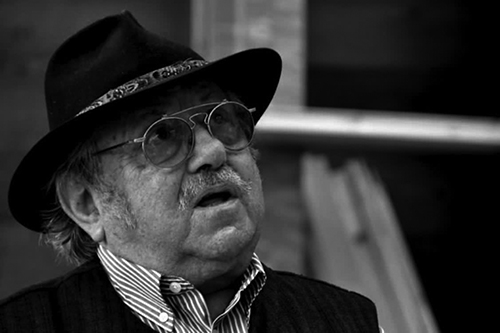|
||||||||||||||||||||||
Robert Opron RIP
|
||||||||||||||||||||||||
|
Although he had been in poor health for quite some time, the cause of death has been attributed to Covid-19. He created or redesigned, among others, the bodywork of the Citroën DS, Citroën Ami 6 break, Citroën Ami 8, Citroën GS, Citroën SM, Citroën CX, Citroën Axel and later at Renault he was responsible for the design terms for the Renault Fuego, Renault 9, Renault 11, Renault 25 and for the Alfa Romeo SZ (ES30). Opron was born in Amiens in Picardy, France. His father was in the military and the family lived in locations in French Colonial Africa like Algeria, Mali and Abidjan. In 1952 he enrolled in the École des Beaux-Arts in Amiens; transferring to the École nationale supérieure des Beaux-Arts in Paris in 1953 where he studied architecture under Auguste Perret along with painting, and sculpture. At age 21 he married Geneviève Mercier. In the early 1950s he took up flying. Opron began his professional career as a machine designer for the Compagnie Nationale des Sucreries in Ham in the Somme and in 1954 he was hired by aircraft manufacturer Société Nationale de Constructions Aéronautices du Nord where he specialised in cockpit design, and worked on the Nord Noratlas aircraft. In 1958 he began working at Simca but his job disappeared in 1961, and he received a two-year salary redundancy payout, but with a non-competition clause that prevented him from immediately moving to another automaker. Opron went to Arthur Martin, a company that produced household and domestic and home appliances, where he became Director of Style. In 1962 Robert Opron responded to an ad in le Monde stating that an "important industrial group" was looking for an experienced designer. He received a letter in which he was directed to report to Citroën where he met with Flaminio Bertoni, Citroën's chief designer who had been responsible for both the 2CV and DS. When Opron arrived at the meeting, Bertoni asked to see Opron's portfolio of drawings. Opron said that Bertoni "...threw them on the floor, prodded them with his cane and said that he did not think very much of them." Opron collected his drawings and told Bertoni he found his behaviour was unacceptable, to which Bertoni replied "I do find you interesting though!". Opron left, vowing to never work for such a man. Three weeks later, he received a letter offering him a job... Opron was directed to come up with a replacement for the 2CV - the never-launched G-Mini; he worked with Bertoni on the Belphégor range of trucks; redesigned the DS nose and submitted proposals for a new rear end; modernised the Ami 6 (turning it into the Ami 8); was responsible for the GS and SM; and designed the CX and the Axel. In 1964, following the death of Bertoni, he became Responsable de Style for the brand until its takeover in 1974 by Peugeot. Robert Opron realised that housing the headlights under a smooth surface improved aerodynamics no end. In addition, he developed the system of directional headlights connected to the steering that allowed the driver "to see round bends". He combined these two ideas into the “second version” (or third nose) of the DS in 1967. Robert Opron left Citroën in 1974 and moved to arch-competitor Renault where he then headed up the Renault style office. In 1986, he moved to Fiat where he designed for Alfa Romeo. In the early 1990s, he worked as an independent consultant in automotive design and styling, notably for Ligier. He finally retired in 2001. He established a house style that built on Bertoni's work and created a range of quite dissimilar cars that could not be anything other than Citroëns. His styling motifs included designs that featured a large, steeply raked windscreen, truncated tail, semi-concealed rear wheels and an unusually large front overhang, all of which emphasised the front wheels and thereby the fact that the cars were front wheel drive. A large curved rear window (admittedly inverted in the CX) was another one of his style signatures. Robert Opron created designs that typify Citroën's 'glory years' of the 1960s and 1970s. He was responsible for: • the post 1964 restyling of the 2CV • the post 1964 restyling of the D series • the Ami 6 Break • the Dyane • the Ami 8 • the Wankel-engined M35 • the SM • the GS • the Wankel-engined Birotor • the CX • the Axel • the Belphégor trucks He is succeeded by his wife Geneviève and three
generations of descendants. Julian Marsh and Citroënët would like to extend sincere condolences to the Opron family on the occasion of their loss.
|
|
|||||||||||||||||||||||
| © 2021 Citroënët. | ||||||||||||||||||||||||







